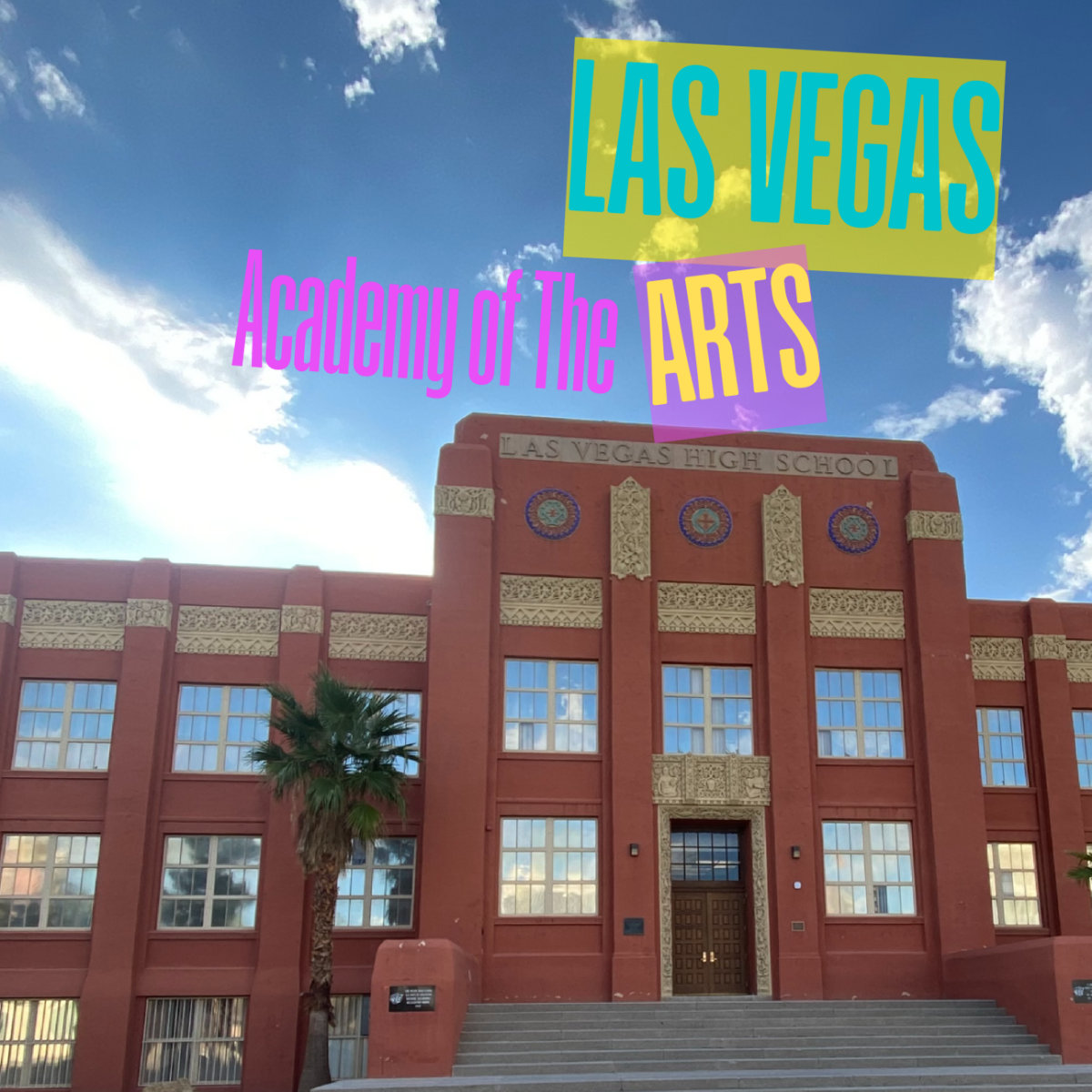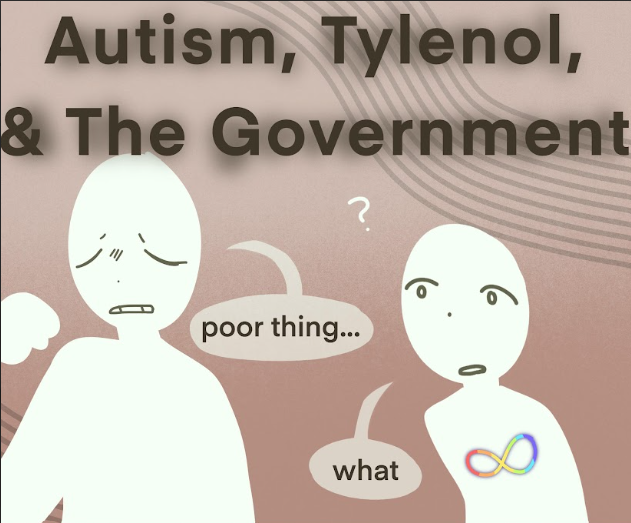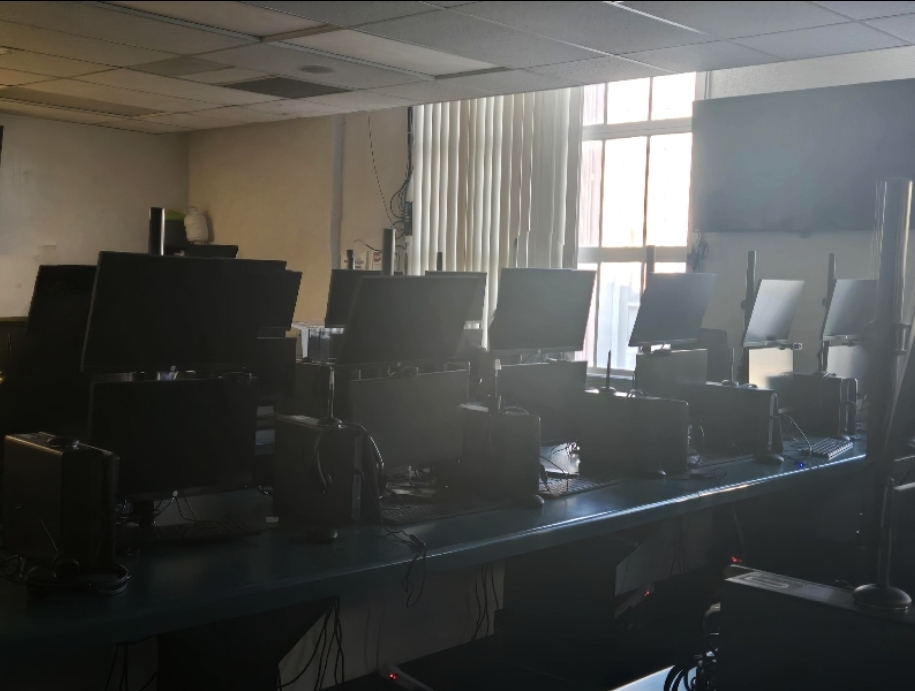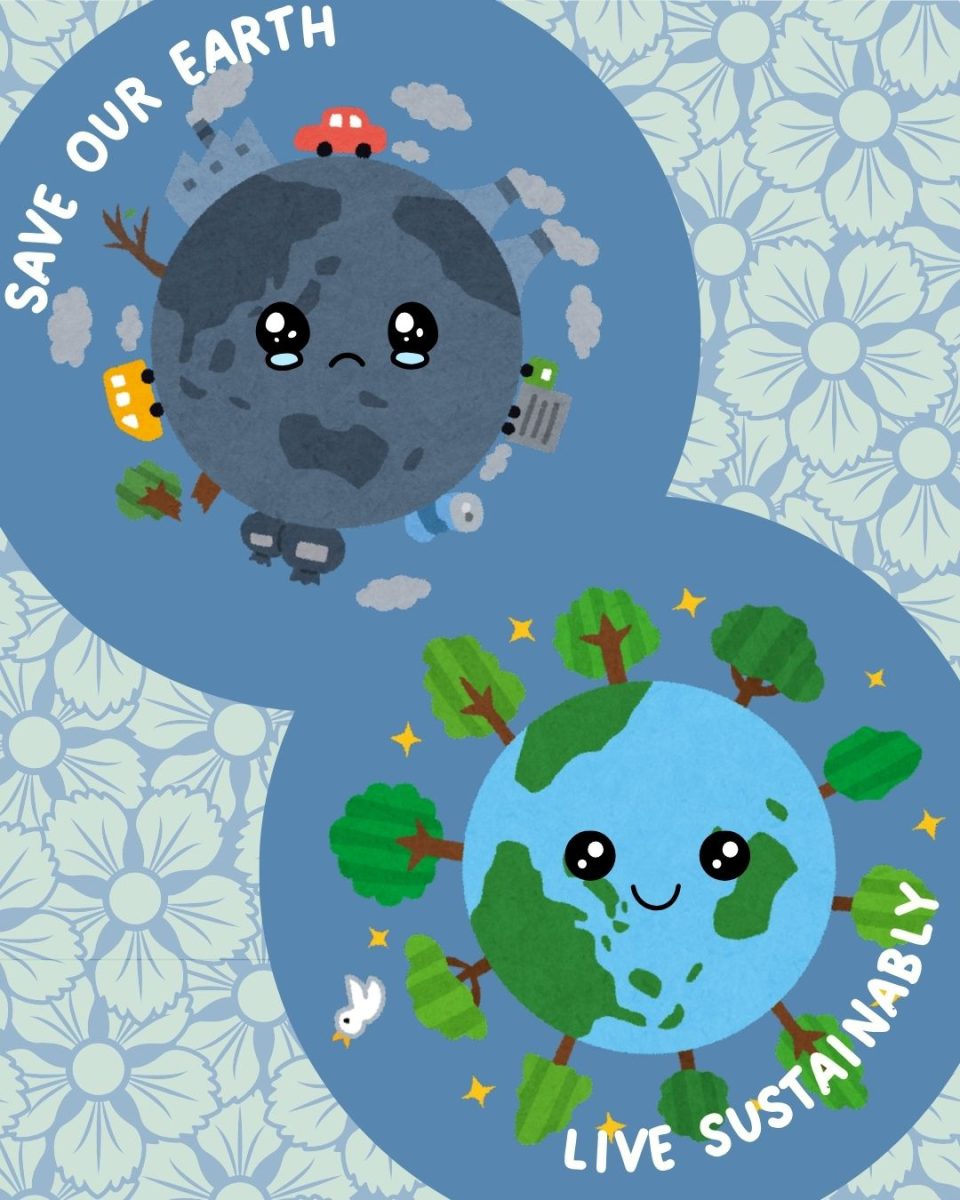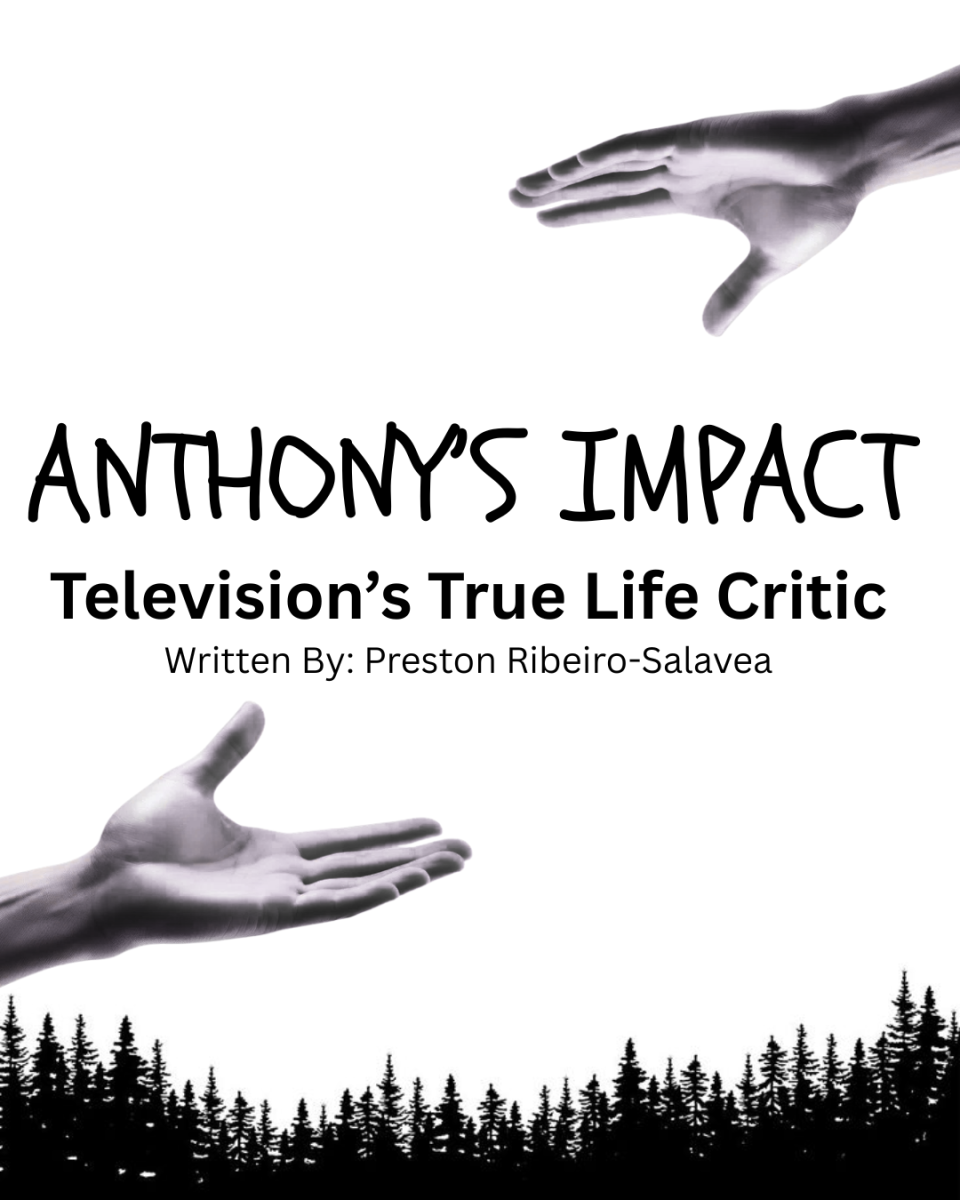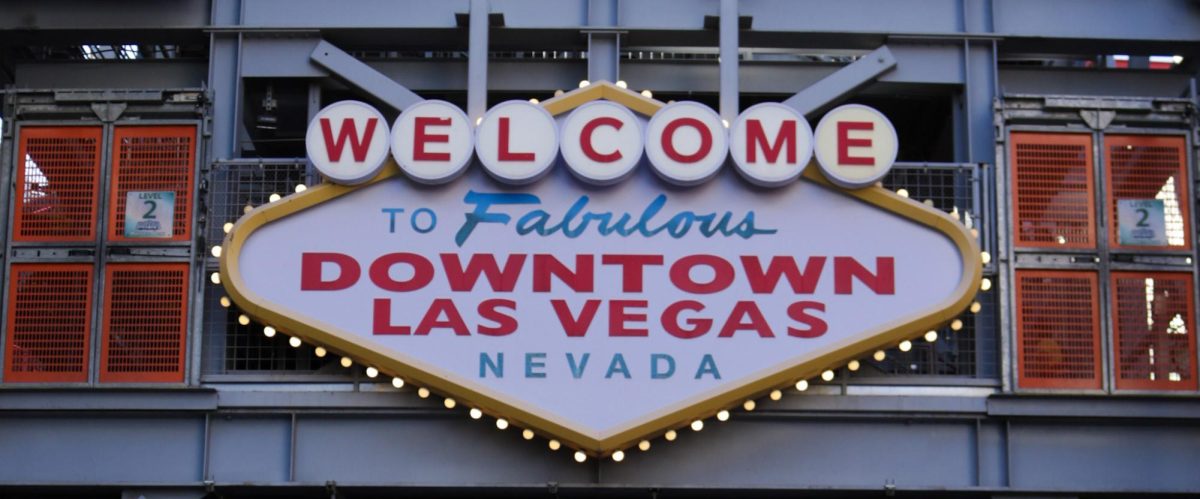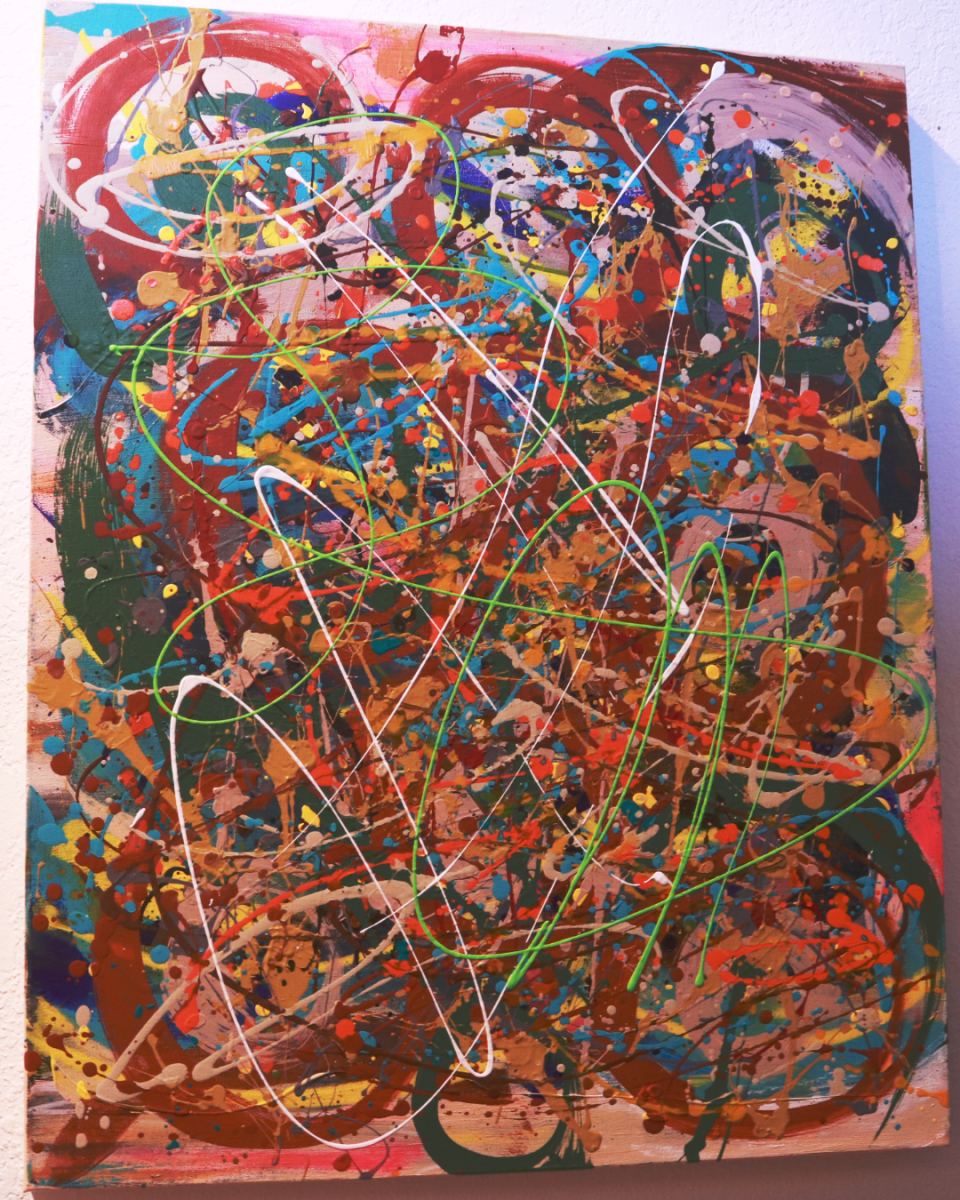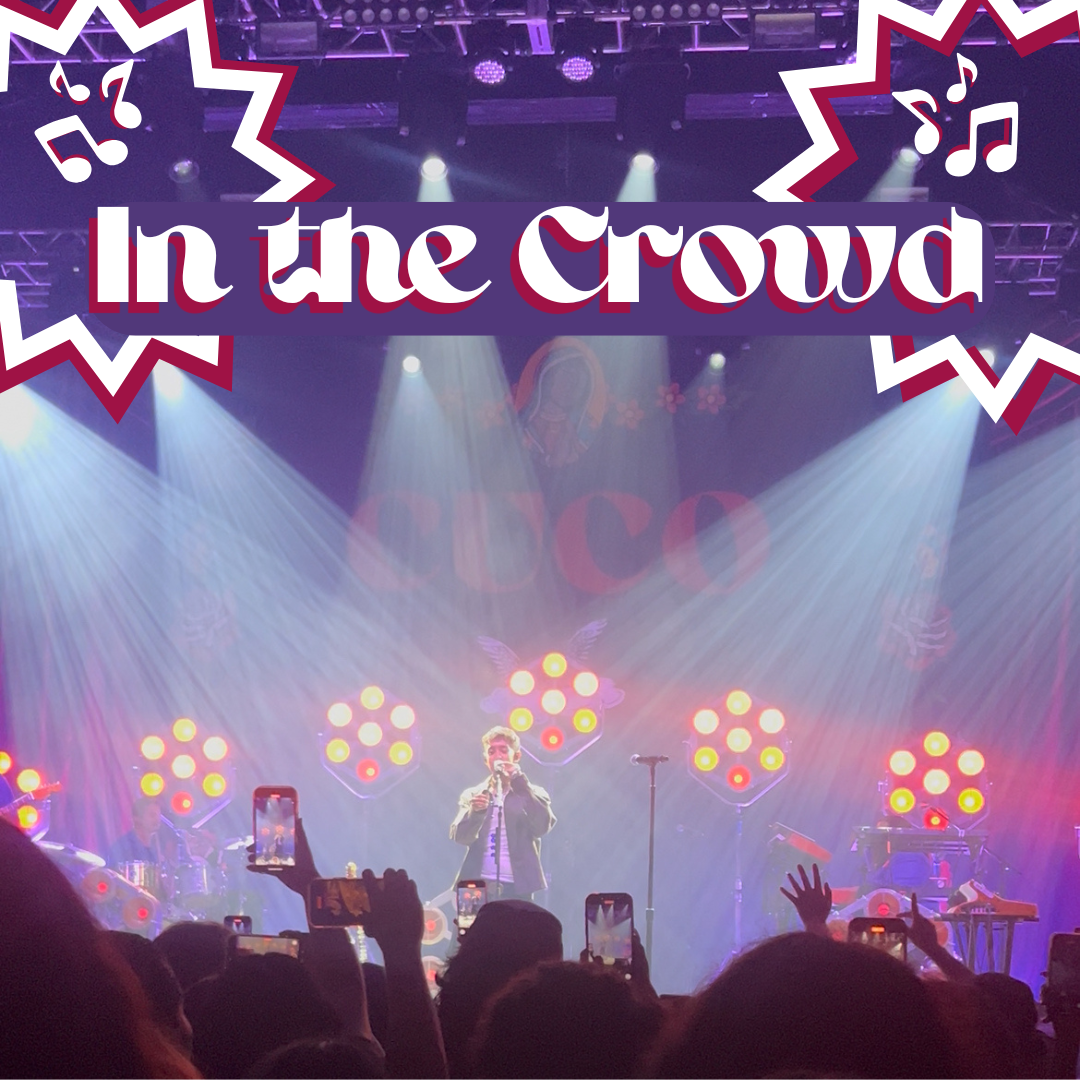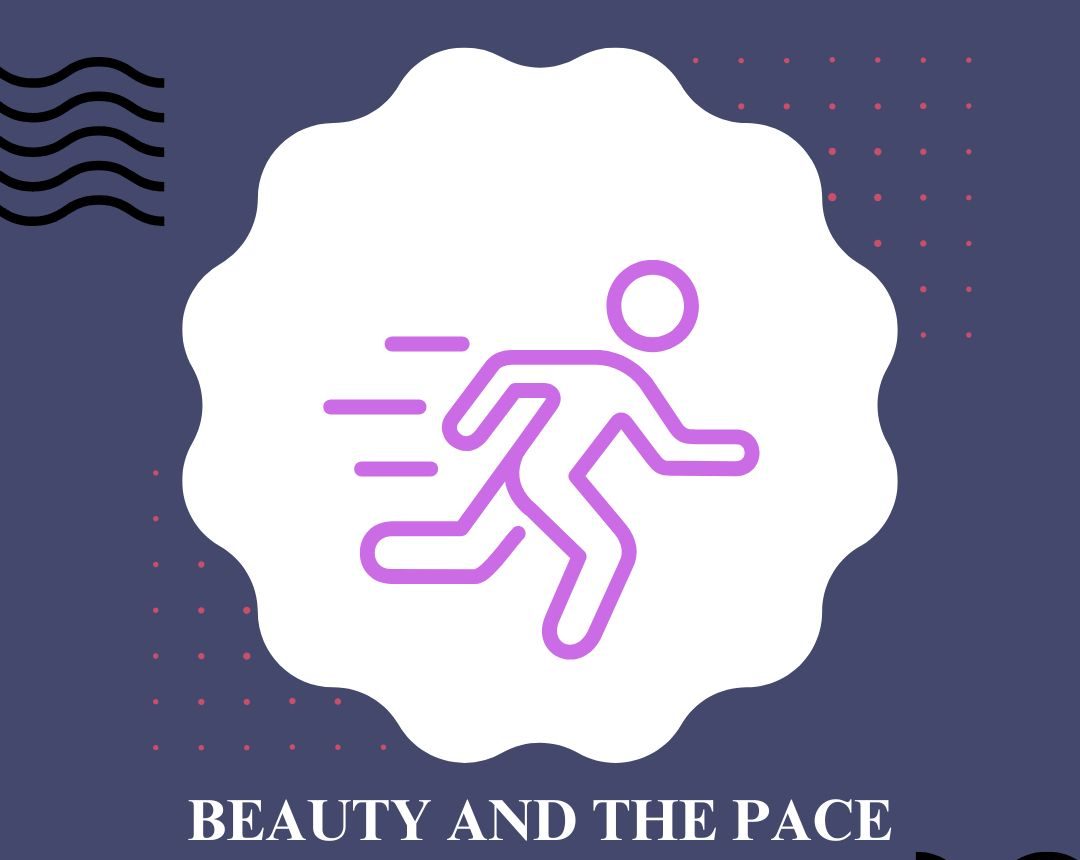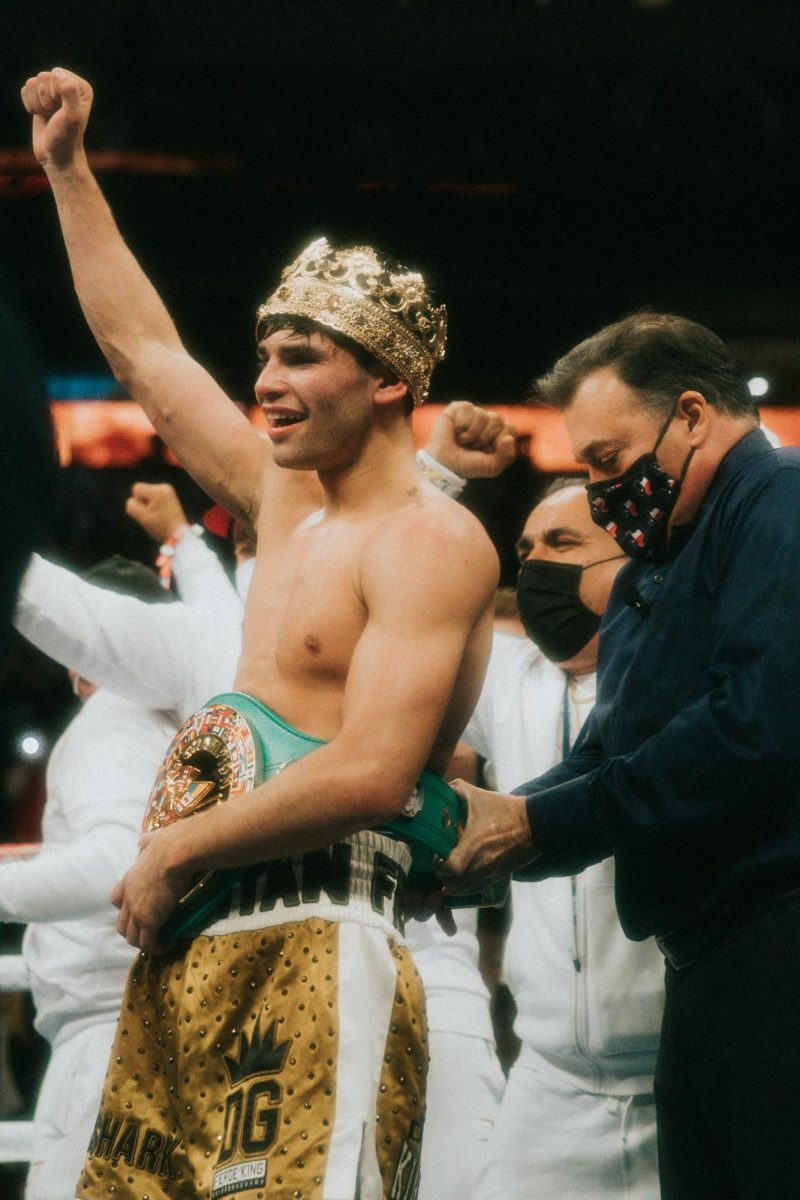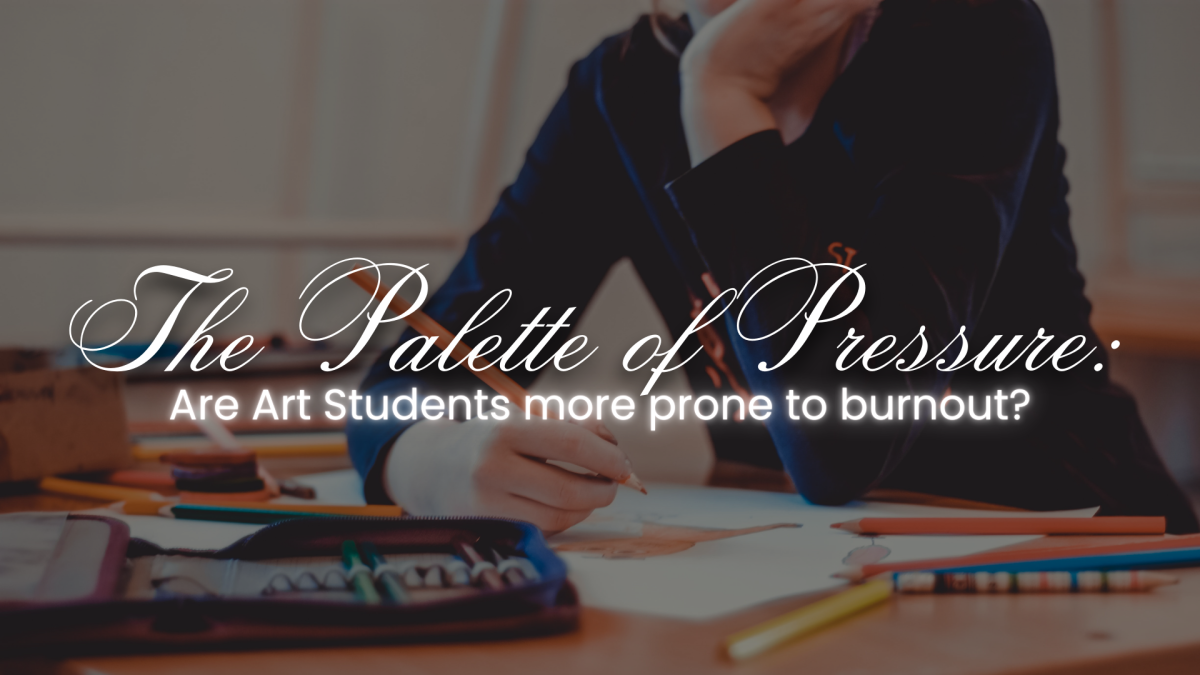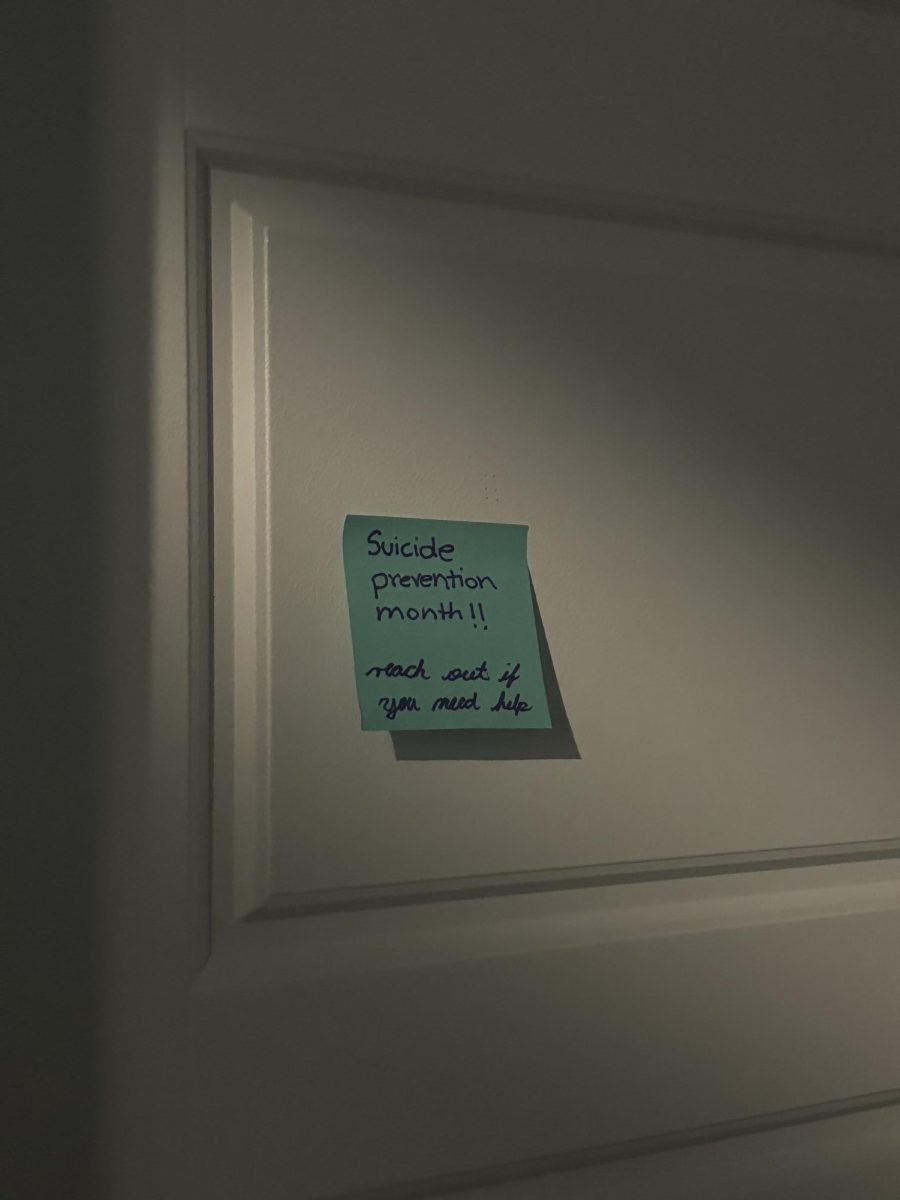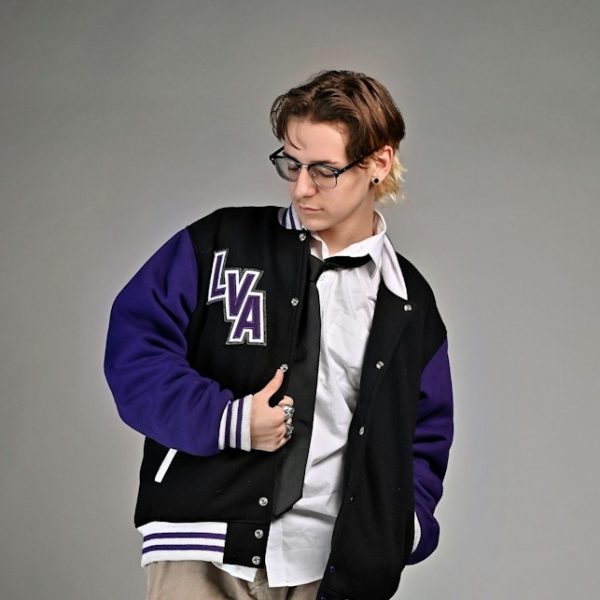The life of a high school student is often filled with juggling classes, extracurriculars, and social lives. But what about those who dedicate themselves to the world of art? Do they face unique pressures that could lead to burnout quicker than the regular student? Research suggests that the answer might be yes.
Understanding Burnout
If you don’t know what burnout is, think of it as your brain and body feeling completely drained. It’s not just being tired, it’s a deeper level of exhaustion that feels like a metaphorical train just hit you, and it can make you less driven, especially in schoolwork. Academic burnout, in specific, is “the exhaustion of students’ energy due to long-term academic pressure and burden, the gradual loss of enthusiasm for schoolwork and activities, indifference and alienation from classmates, and lack of enthusiasm for schoolwork” as defined by a study found in the National Library of Medicine.
Factors Contributing to Burnout in Art Students
Several unique stressors contribute to the heightened burnout rates among art students
- Intensive Workloads and Creative Pressure: Art programs often demand long studio hours, frequent critiques, and continuous creative output. This relentless pace can lead to exhaustion and diminished motivation. An article from The Northerner interviews art students dealing with burnout, with one even saying, “I have a fear of creating because I have a fear of failing. Pressure in general is what leads to my burnout, putting expectations and weight on myself.”
- Blurring of Passion and Profession: Turning a personal passion into academic and professional obligations can lead to a loss of intrinsic motivation, making creative endeavors feel more like chores than expressions of self. The Harvard Business Review has an article talking about how following your passion can turn toxic, citing that one person they interviewed had an illustration job that she had been hoping to have for years, but once she finally got there, it was no longer desirable for her.
- Perfectionism and Self-Comparison: The subjective nature of art can foster perfectionist tendencies and unhealthy comparisons with peers, further increasing stress levels. A study done by Rasim Basak from Indiana University-Bloomington found that when observing students in an art club, “progress towards better solutions never seems satisfying since there always will be someone who does better in such a student’s mind.”
Elevated Mental Health Challenges Among Art Students
On top of all that, a comprehensive study from Norway, done by Jonas Vaag, Ottar Bjerkeset, and Børge Sivertsen, revealed that music arts students reported significantly higher levels and depression symptoms than their peers’ disciplines. Specifically, these students were 60% more likely to experience anxiety and 41% more likely to suffer from depression.
Addressing Burnout in Art Education
Recognizing the unique challenges faces by art students, some institutions have implemented wellness programs tailored to their needs. For example, Colorado State University has a course titled, “Self-care for Creative Arts Majors,” focusing on mental, emotional, physical, social, and financial well-being. Such initiatives aim to equip students with tools to manage stress and maintain their creative passion.
Finding Balance
In conclusion, art students do experience higher levels of burnout compared to the average student, driven by a combination of academic pressures, financial challenges, and the intrinsic demands of creative work. Maintaining mental health is as crucial as honing their craft. By acknowledging the challenges and seeking support, they can find a balance that allows their creativity to flourish without compromising their well-being.
If you or someone you know is struggling with burnout or mental health issues, it’s important to reach out. Many schools offer counseling services, and national resources like the 988 Suicide and Crisis Lifeline are available 24/7.

